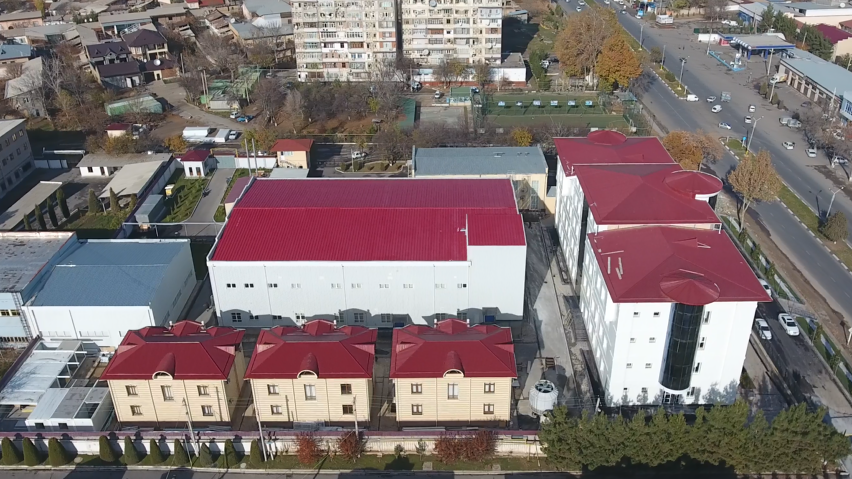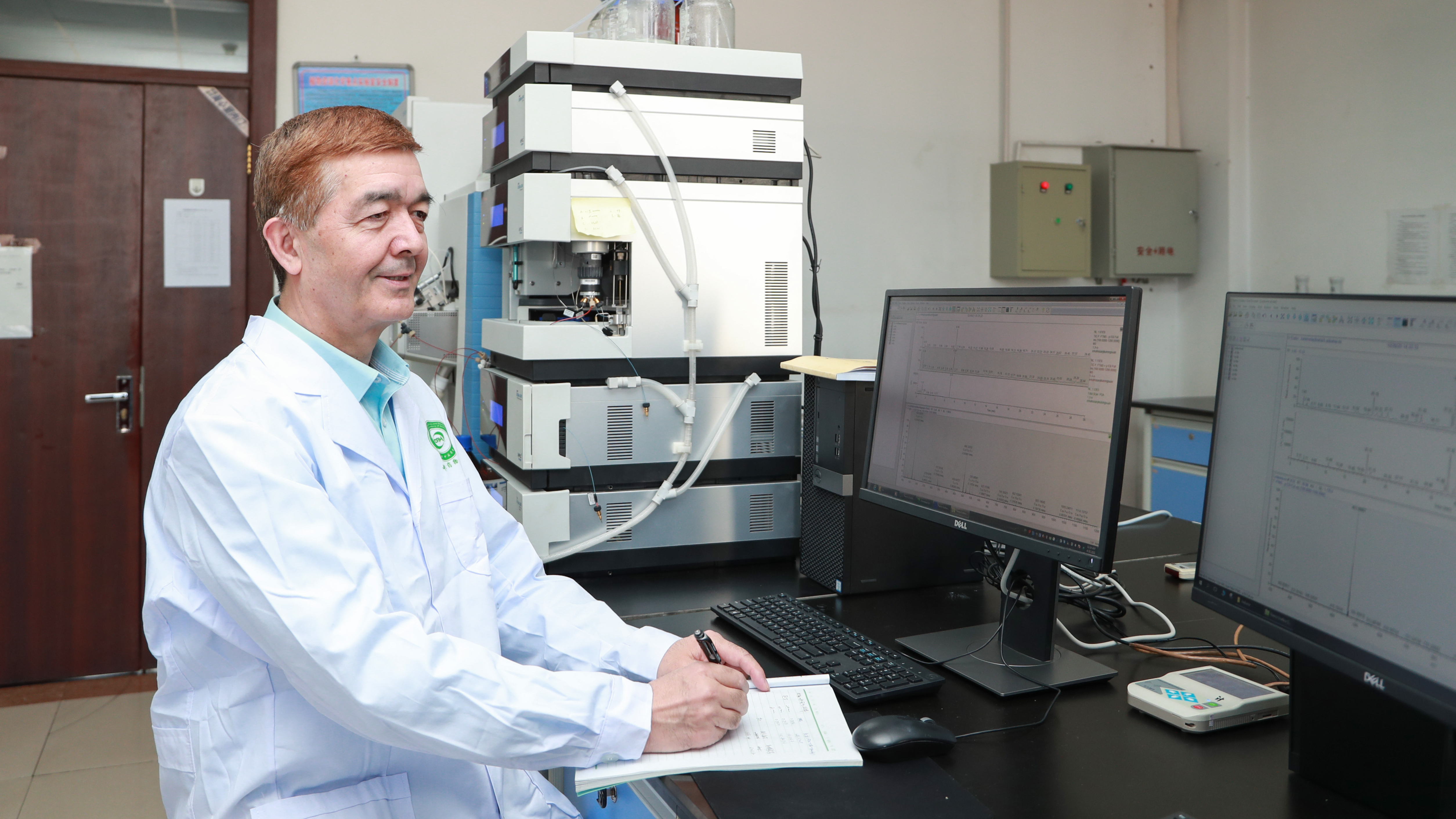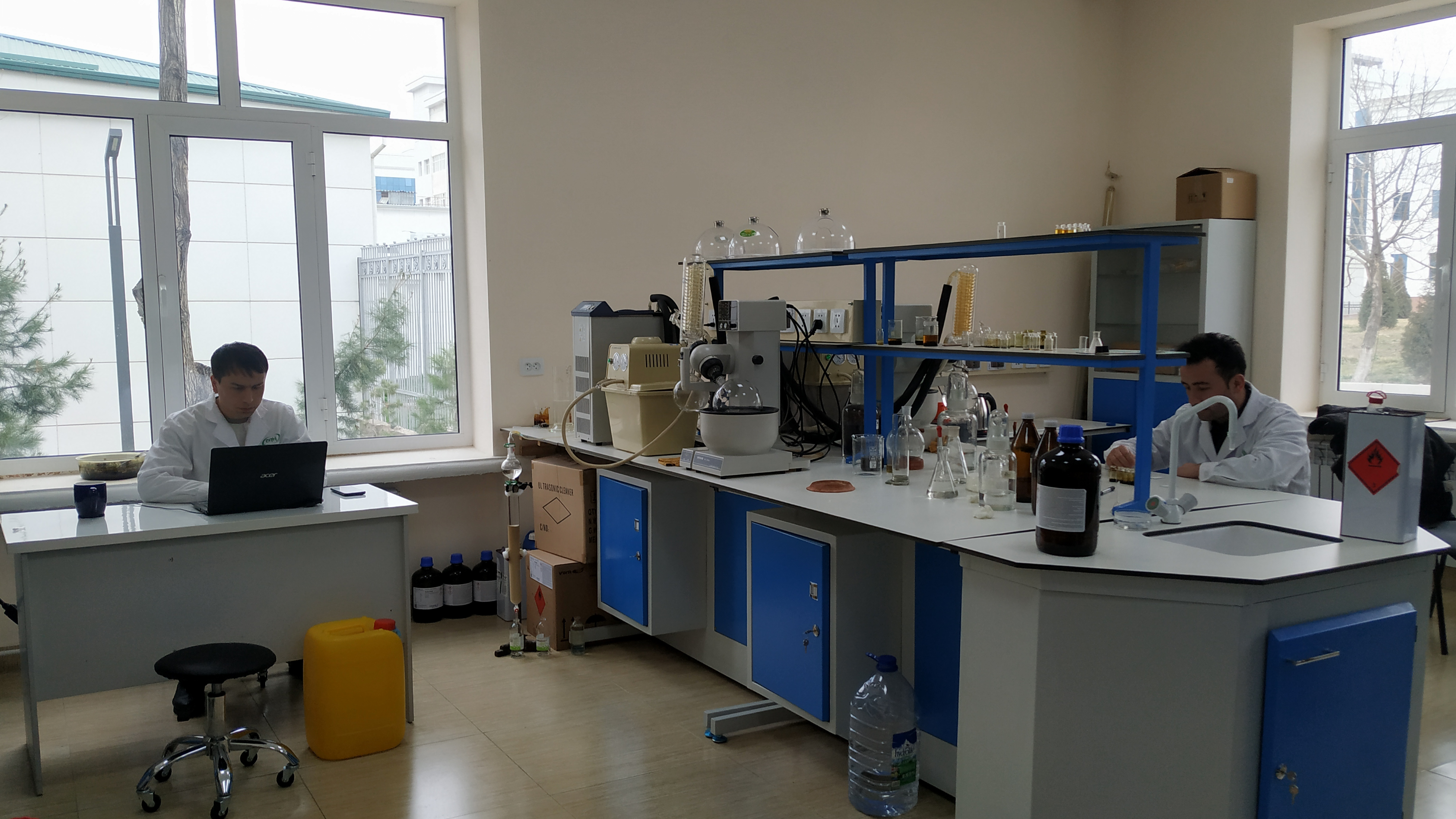
A view of the China-Uzbekistan Medicine Technical Park in Tashkent, Uzbekistan.
A view of the China-Uzbekistan Medicine Technical Park in Tashkent, Uzbekistan.
Haji Akber Aisa has been devoted to natural medicine research for decades.
The 58-year-old is the deputy chief of Xinjiang Technical Institute of Physics and Chemistry at the Chinese Academy of Science (CAS). He also worked as the director of the Central Asian Drug Research and Development Center (CADRDC) for 10 years since its establishment.
"As a researcher, I think the technology is decisive to push our society forward and increase people's living quality," said Aisa. "We need to strengthen our technology cooperation."
According to Aisa, the CADRDC plans to set up a collaborative lab in Kyrgyzstan later this year. Launched by the CAS in 2013, the project is also slated to kickstart another lab in Turkmenistan next year for closer scientific research cooperation.
The five-nation joint platform already has five collaborative labs. They work with national institutes in Uzbekistan, Tajikistan and Kazakhstan on scientific research, including natural medicine, biological medicine and resource cultivation.
The center is one of the first five overseas science and education bases established by the CAS as one of the key projects in cooperation with Central Asian countries.
It has attracted the best minds from the top institutes from China and Central Asian countries. The most avid participants include China's Xinjiang Technical Institute of Physics and Chemistry under the CAS, Shanghai Institute of Materia Medica, Kunming Institute of Zoology, Uzbekistan's Institute of Chemistry of Plant Substances, Tajikistan's National Academy of Sciences, and Kazakhstan's Al-Farabi Kazakh National University.
After the construction of the labs, the center will operate and function more closely as a platform for scientific research of indigenous medicine in Central Asian countries. It will also help train more local professional researchers in drug development.

Haji Akber Aisa, director of the CADRDC, at work in China.
Haji Akber Aisa, director of the CADRDC, at work in China.
Fruitful development
The project has already proven fruitful in its first 10 years. It has completed the research and analysis of 46 types of Central Asian medicinal plants and isolated 686 new compounds, laying a solid foundation for studies on innovative medicines and biological diversity.
In 2016, the center built the China-Uzbekistan Medicine Technical Park in Tashkent to commercialize scientific medicine research into products.
"We are currently looking at five promising compounds that may be used for the new medicines," Aisa told CGTN in an interview.
"Five drugs have already been approved for production in Uzbekistan, and four of them are original drugs," he said.
VV116, an antiviral medication for adults with mild to moderate COVID-19 symptoms, is one of them. Aisa said over 20,000 boxes of VV116 were produced in and used for people in Uzbekistan during the fight against COVID-19. The China-Uzbekistan Medicine Technical Park also produced more than 100,000 boxes of Rutan, an antiviral drug, for residents during the pandemic.
Other drugs include an innovative drug TPN 171, that treats hypertension in arteries in the lungs, and a drug for chronic hepatitis C. The center also makes some innovative traditional Chinese medicines (TCM) for clinical experiments.
During the COVID-19 pandemic, the center helped build a COVID-19 testing facility that carried out over 30,000 tests and vaccinations for over 3,000 people.

Researchers at work at a China-Uzbekistan collaborative lab for natural medicine.
Researchers at work at a China-Uzbekistan collaborative lab for natural medicine.
Affordable drugs for local people
The center has provided local communities with Chinese pharmaceutical technology to produce drugs that serve local needs.
Aisa said Central Asian countries have many unique herbal resources but lack the technology to extract the effective element and make it into drugs.
He said China's pharmaceutical technology can advance their capability in the field to make the drugs more accessible and affordable compared to the imported ones.
"We brought Chinese technologies, but the drug production is carried out locally," he said, adding that TCM complements the local drug demand, which "helps open the market for TCM in other countries."
The visiting doctors at the center also promote traditional Chinese treatment, such as cupping, massage and acupuncture for locals. The treatments are gradually gaining popularity in Central Asian countries.
"It's just the beginning of our attempt to provide medical treatment via the center," said Aisa.
He said a China-Uzbekistan friendship hospital is also on the horizon. "We are pitching to the Ministry of Science and Technology and National Administration of TCM to push forward the project to help more people in Uzbekistan have more and easier access to medical treatment."
In addition, the center plans to promote personnel exchanges for scientific studies among researchers from both China and Uzbekistan. "Both sides will send around 100-150 researchers and experts for collaborative scientific studies," said Aisa.
Apart from constructing labs in Kyrgyzstan and Turkmenistan, he said there will be a second phase of investment in Uzbekistan.
"We'd like to share the experience of how China applies its innovative technology to the health industry to all Central Asian countries," he said.
(Photos courtesy of the CADRDC)